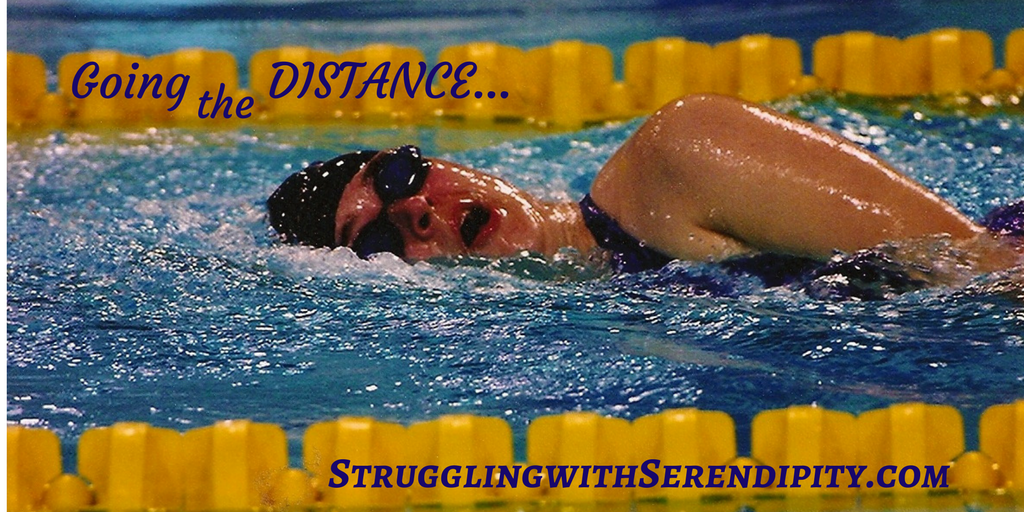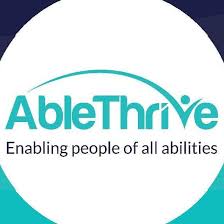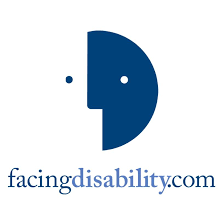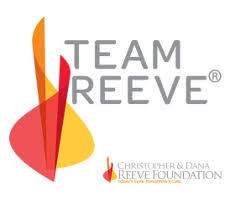|
(This blog tells my family's story. To see more, click "blog" at the top of this webpage.)
I had stayed through my daughter Beth’s first high school swim team practice, in case she needed my help. She didn't. So for all the others, John or I dropped her off at the entrance of the YMCA, left, and returned later in the evening to wait for her after practice. Changing in her wheelchair on her own was time-consuming at first, even loose sweatpants over a wet swimsuit. She usually wheeled out the YMCA door into a nearly empty parking lot. Officials with the U.S. Anti-Doping Agency interrupted a high school practice for one of Beth’s random drug tests, her first outside of a national meet. Her teammates were impressed. We sent in another quarterly report for USADA with her location at all times, as she would for the next five years as a member of the U.S. Paralympics Swimming National Team. Letters arrived periodically to verify she passed the tests. I submitted the extra paperwork and doctor signatures to allow for her one prescription, advair, to keep her asthma symptoms in check. Routine tests in Toledo showed small, but steady gains in lung capacity. “It pushes her to train with us, and it pushes the other kids because it’s taught them that all things are possible,” Coach Peggy said. Peggy met Beth for an additional practice at the YMCA most weeks, so we rarely made it to the Toledo pool. I arranged my work hours at the group home to be available for swim meets. The once-a-year USA Swimming Disability Championships evolved into Can-Am Paralympic meets twice a year, one in the U.S. and one in Canada. The United States also hosted a special Trials meet every four years before the Paralympics. At a Can-Am meet in Indianapolis in November, my daughter earned two American Records in the 100 and 200 freestyle. “Three years ago, the only way I could swim was with two physical therapists holding me in the water,” Beth said. “Since then, swimming has become a significant part of my life.” I made travel plans for the April Trials meet five months ahead, though we didn't know if Beth would qualify for the 2004 Paralympics. Or if September in Athens would be an option with whatever college she would attend. What we did know: women in the S3 classification would be cut to only three events in Greece, the 50 and 100 free, and the 50 back. The reason? The small number of S3 swimmers in the world. It made no sense to me to restrict exceptional athletes who dealt with enough limits from severe disabilities. Beth moved up the International Paralympic Committee World Rankings to tenth or better in several events, including the individual medley. Many S3 swimmers struggled with long races. She pushed herself farther at every swim practice. The greater the race distance, the higher her world ranking. However, the 100 free would be the longest event for S3 swimmers at the ultimate competition held every four years—the Paralympics. “My favorite event is the freestyle,” Beth said, “but fewer people who have (severe) disabilities can do the butterfly and breaststroke, so I’m grateful I can.” The strokes she was grateful for also would not be an option at the Paralympics for S3 swimmers. The unfair cuts frustrated me, while Beth resigned herself to more restrictions and carried on. Next: a monumental change of direction!
2 Comments
DEBORAH
9/11/2017 06:43:54 am
Beautifully written (as always) my friend. Quite the journey for you both.
Reply
Cindy Kolbe
9/13/2017 05:02:15 pm
I'm glad you're on this journey with us!
Reply
Leave a Reply. |
Cindy KolbeSign up for my Just Keep Swimming Newsletter by typing your email address in the box. Thanks!Categories
All
Archives
November 2022
|


 RSS Feed
RSS Feed











